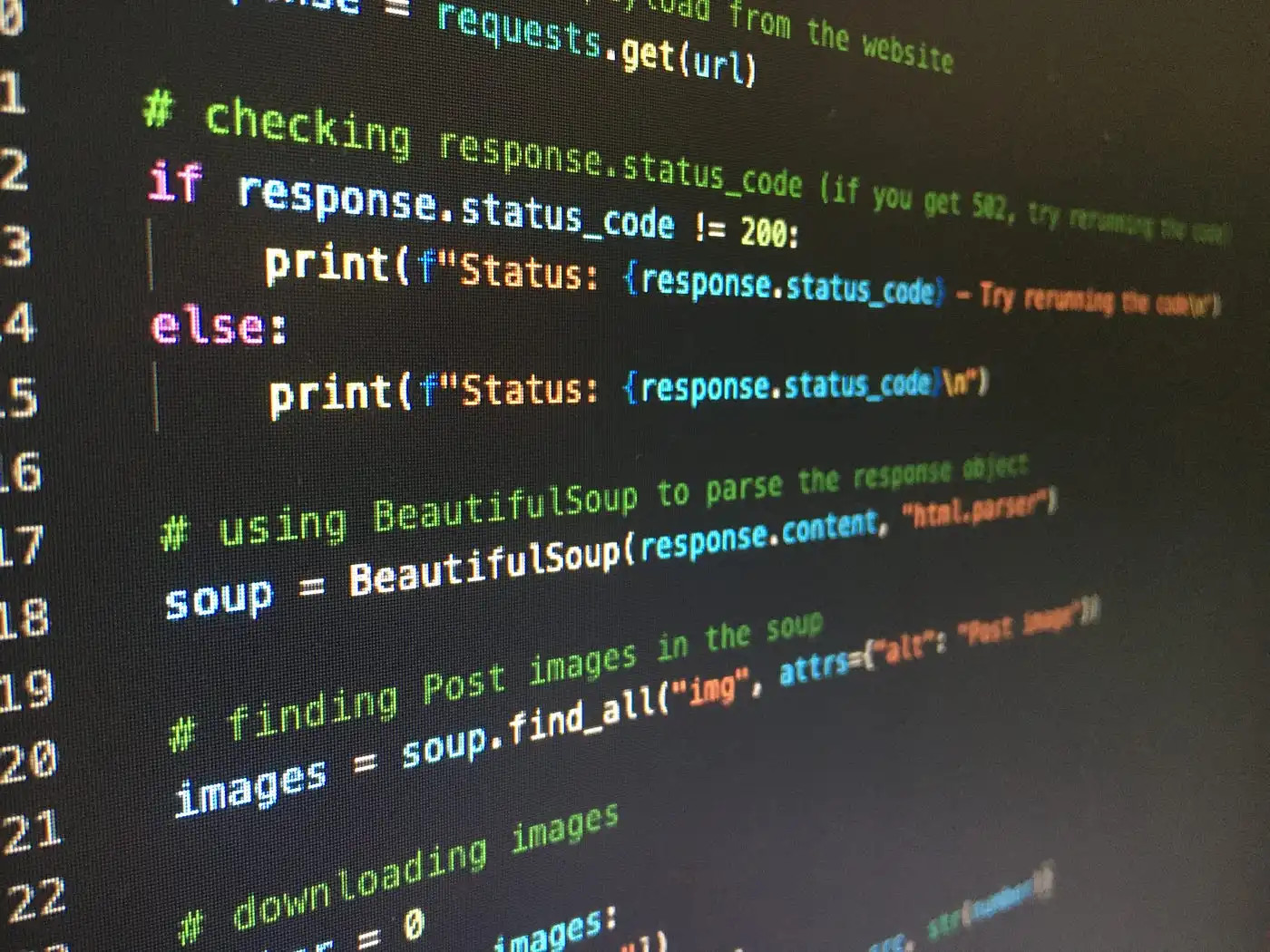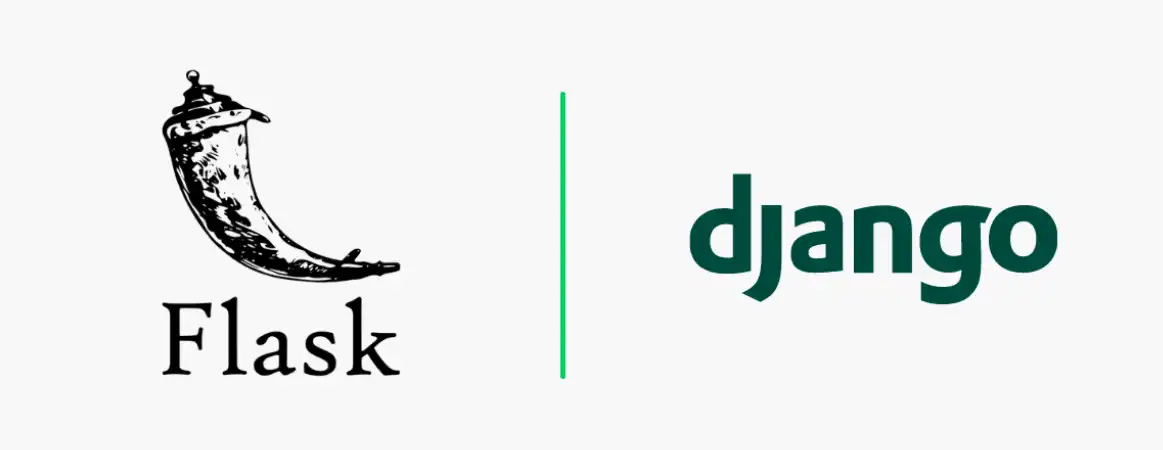Python Fundamentals: First Steps for Real Estate Professionals
Oct. 1, 2025

Are you ready to dive into the world of programming and revolutionize your real estate business? Python is your key to success! This clear, beginner-friendly language empowers you to solve complex problems in the real estate market. As one of the most popular programming languages in 2025, Python is transforming how professionals manage properties, analyze market trends, and automate tasks. In this article, I’ll guide you through the basics of Python, share practical tips tailored for real estate, and show how this language can elevate your career in the property market.
Why Python Fundamentals Matter for Real Estate
If you’re new to Python, I recommend starting with Python Crash Course. It’s well-structured, easy to read, and perfect for beginners looking to apply coding to real-world scenarios like real estate.
Python is like a Swiss Army knife for real estate professionals: simple, powerful, and incredibly versatile. Created in 1991 by Guido van Rossum, Python now leads the TIOBE Index in 2025 with a 25.98% share, outranking Java and C. Its adoption is widespread, powering tools used by real estate giants, proptech startups, and data-driven agencies. From automating property listings and analyzing market data to building valuation models and creating real estate apps, Python’s fundamentals are crucial for professionals aiming to stay ahead in a competitive market.
The best part? Python is ideal for beginners. Its syntax is so intuitive it feels like writing in plain English, making it accessible even for those with no coding experience. Curious about other simple languages? Check out Hyperscript for another lightweight option!
Getting Started: Setting Up Your Environment
Before diving into coding, let’s prepare your workspace:
-
Install Python: Download the latest version from python.org. It’s quick and straightforward!
-
Choose an Editor: For writing code, try Visual Studio Code (lightweight and free), PyCharm (feature-rich), or Jupyter Notebook (great for testing data analysis scripts). For quick real estate scripts, Python’s built-in IDLE is a simple choice.
-
Get Comfortable with the Terminal: Use commands like python or python3 to run your programs. It’s easier than it sounds and essential for automating tasks like generating property reports.
Writing Your First Real Estate Code
Here’s a simple Python script to display a welcome message for your real estate business:
print("Welcome to Your Real Estate Analytics Dashboard!")This classic “Hello, World!”-style command outputs a message to the screen, a perfect starting point for any coding journey.
Try this example to store and display a property’s price:
property_price = 250000
print(f"Featured Property Price: ${property_price}")Output:
Featured Property Price: $250000Python Building Blocks for Real Estate
To create impactful real estate tools, you need to grasp Python’s core concepts. Here’s a quick overview of data types you’ll use frequently:
-
int: Whole numbers, like 250000 for a property price.
-
float: Decimals, like 3.75 for mortgage interest rates.
-
str: Text, like "Luxury Condo in Downtown" for property descriptions.
-
bool: True/False values, like True for a property being available.
-
list, tuple, dict: Structures to store multiple data points, such as lists of property addresses, tuples of coordinates, or dictionaries of client details.
Control flow is also key for making decisions. Here’s an example for checking property eligibility:
property_age = 10
if property_age <= 15:
print("This property qualifies for modern home incentives!")
else:
print("This property may require renovations.")Notice the indentation? In Python, spaces are critical—they organize your code and define blocks, ensuring clarity for tasks like property evaluations.
Use if, elif, and else for conditional decisions (e.g., filtering high-value properties) and for or while loops for repetitive tasks (e.g., processing multiple listings).
Best Practices for Professional Real Estate Coding
Adopting best practices ensures your code is clean, efficient, and easy to maintain—crucial for real estate applications:
-
Use Clear Variable Names: Choose descriptive names like property_value or client_budget instead of vague ones like x or temp. This makes your code intuitive for you and your team.
-
Comment Wisely: Add comments to explain the purpose of your code, especially for complex tasks like market analysis. For example:
# Calculate ROI for a rental property if rental_income > expenses: print("Positive ROI: Great investment opportunity!") -
Modularize Your Code: Break your code into reusable functions and files, such as one for calculating mortgage payments and another for generating market reports.
-
Follow PEP 8: Python’s official style guide ensures consistency in indentation, spacing, and naming—vital for collaborating with other developers or proptech teams.
Essential Python Libraries for Real Estate
Python’s vast ecosystem of libraries saves time and boosts productivity. Here are beginner-friendly libraries tailored for real estate tasks:
-
os and pathlib: Manage property photos and listing files.
-
sys: Handle program inputs, like command-line arguments for property filters.
-
datetime: Work with dates, such as lease start dates or market trend timelines.
-
math: Perform calculations, like square footage conversions or loan amortizations.
-
pytest: Create automated tests for your pricing algorithms.
-
requests: Fetch real-time market data from real estate APIs.
As you advance, explore these libraries:
-
pandas: Analyze property datasets (check out Python for Data Analysis for a deep dive).
-
matplotlib: Visualize market trends with graphs, perfect for client presentations.
-
selenium: Automate web scraping for competitor listings.
-
flask: Build simple real estate listing websites.
-
django: Create robust proptech platforms (see Two Scoops of Django for best practices).
Find more libraries at PyPI.
Building Real Estate Websites: Flask vs. Django

Python shines in web development, and two frameworks stand out for real estate applications: Flask and Django.
Flask is a lightweight microframework, ideal for simple real estate websites or dashboards. It’s easy to learn and perfect for smaller projects like property listing pages. Here’s a basic Flask example:
from flask import Flask
app = Flask(__name__)
@app.route("/")
def home():
return "Welcome to Your Real Estate Portal!"Django, on the other hand, is a full-featured framework with built-in tools like an admin panel, ORM (Object-Relational Mapping), authentication, and database integration. It’s ideal for complex proptech platforms, such as rental management systems. While Django has a steeper learning curve, it saves time for large projects.
Choose Flask for highly customizable, smaller-scale projects, like a personalized property search tool. Opt for Django if you need a robust, ready-to-use structure for a comprehensive real estate platform.
Python: The Present and Future of Real Estate Technology
Python is more than a programming language—it’s a game-changer for real estate professionals. Start with the basics, practice daily, and don’t fear mistakes. Write a script to calculate property ROI, explore a library like pandas for market analysis, or automate repetitive tasks like updating listings. Learning by doing is the best approach—solve real problems to discover the right tools.
You don’t need to be a tech genius to code. All it takes is curiosity and persistence. Python empowers real estate agents, analysts, and proptech innovators to turn ideas into reality.
Why Python is the present and future of real estate tech:
-
It’s growing across fields like market analysis, AI-driven valuations, and property management automation.
-
Its vibrant community drives innovation, with new tools for real estate applications.
-
It’s trusted by industry leaders, from proptech startups to global agencies.
Transform Real Estate with Python Fundamentals
Mastering Python’s fundamentals equips you to innovate in the fast-evolving real estate market. From automating listings to building data-driven apps, Python’s simplicity and power make it a must-have skill. In 2025, Python dominates the TIOBE Index, proving its relevance in proptech, AI, and big data. It’s shaping the present and driving the future, from predictive analytics to smart property solutions.
Start today, code daily, and build projects that solve real estate challenges. Python isn’t just a language—it’s a movement empowering professionals to transform the property market. Join the revolution!
References
- Python.org – https://www.python.org/
- PEP8 Style Guide – https://peps.python.org/pep-0008/
- TIOBE Index – https://www.techrepublic.com/article/news-tiobe-index-language-rankings/
- Python Package Index – https://pypi.org/
- Python Crash Course - https://www.amazon.com/Python-Crash-Course-2nd-Edition/dp/1593279280
- Python for Data Analysis - https://www.amazon.com.br/Python-Data-Analysis-Wrangling-Jupyter/dp/109810403X
- Two Scoops of Django - https://www.feldroy.com/two-scoops-of-django
- Documentação Flask - https://flask.palletsprojects.com/en/stable/quickstart/